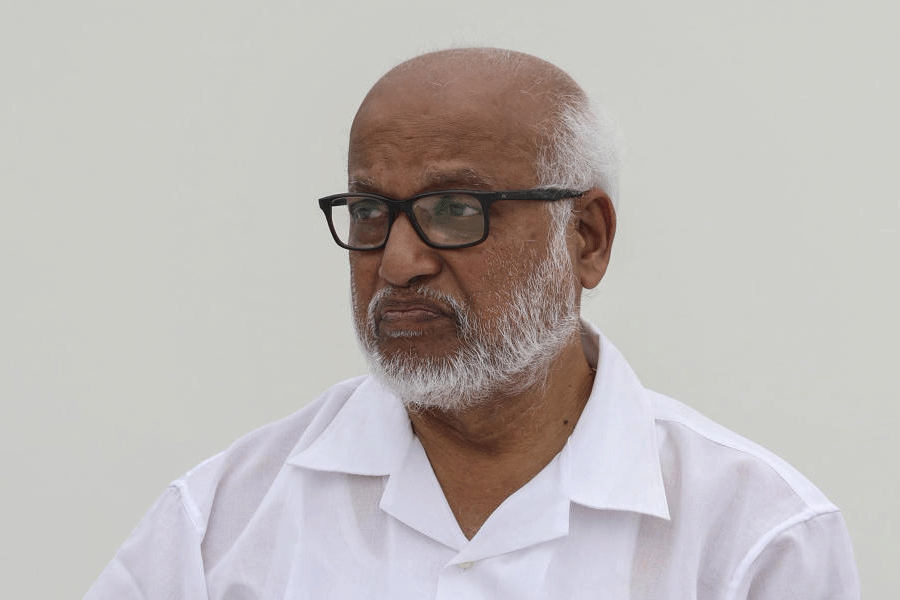New Delhi, July 9: A faulty pump that stopped supplying liquid hydrogen fuel caused the failure of India’s largest satellite-ferrying rocket launched for the first time with a home-grown cryogenic engine on April 15 this year.
A panel of engineers analysing the failed flight of the Geosynchronous Satellite Launch Vehicle (GSLV) has attributed the failure to the unexpected stopping of a fuel booster turbo pump in the indigenous cryogenic engine.
The GSLV flight this year was a crucial test of self-reliance for the Indian Space Research Organisation. The GSLV is India’s heaviest launcher designed to ferry 2,500kg class satellites into orbits about 36,000km above the Earth.
All previous GSLV flights had used cryogenic engines supplied by Russia. A cryogenic engine, powered by liquid hydrogen and liquid oxygen, demands high levels of sophistication in rocket engine technology.
The Failure Analysis Committee (FAC) has said the GSLV flight performed just as it was expected to through the burn-out of two stages and the ignition of the third stage —the indigenous cryogenic stage. The cryogenic stage sequence began normally 294.06 seconds after lift-off, and the GSLV’s performance was comparable with previous GSLV flights for 2.2 seconds thereafter.
But after that point, the rocket failed to achieve thrust because liquid hydrogen supply was not available to the main engine. The fuel booster turbo pump that was expected to channel hydrogen into the chamber stopped — after starting.
The investigation has indicated that the pump started functioning and reached its maximum speed of 34,800 rpm, but the speed began to dip 0.9 seconds into its operation and stopped after another 0.6 seconds.
The FAC has said the pump may have failed either because the turbine ruptured because of excessive heat and pressure, or because the rotor seized. The failure is likely to delay Isro’s ambitions of developing capability for manned space flight. Isro is working on an upgraded version of the GSLV.











